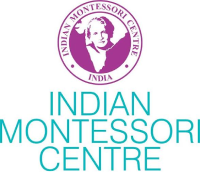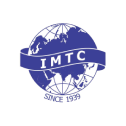Montessori In India
- Home
- Montessori In India
Montessori In India
Montessori education made an early entry into India, long before Dr. Montessori visited the country. There were Indians were among the devoted students in the earliest training courses that Dr. Montessori gave in Rome in 1913.
In 1937 the Arundales met Dr. Montessori in Holland and invited her to come to India. It was initially decided that Dr. Montessori would come to India in October 1939 and would stay in the country for six months. It was also decided that she would study the Indian conditions and relate her educational system to the needs of the Indian child.
Dr. Montessori arrived in Madras in November 1939. She arrived in the Tata mail plane. She was piloted by none other than JRD Tata. Dr. Montessori and Mario received a grand welcome on arrival.
She was then housed in Olcott Gardens bungalow on the first floor. Students had arrived from all parts of the country and had been accommodated in palm leaf apartments. They students gathered in the semi open lecture hall.
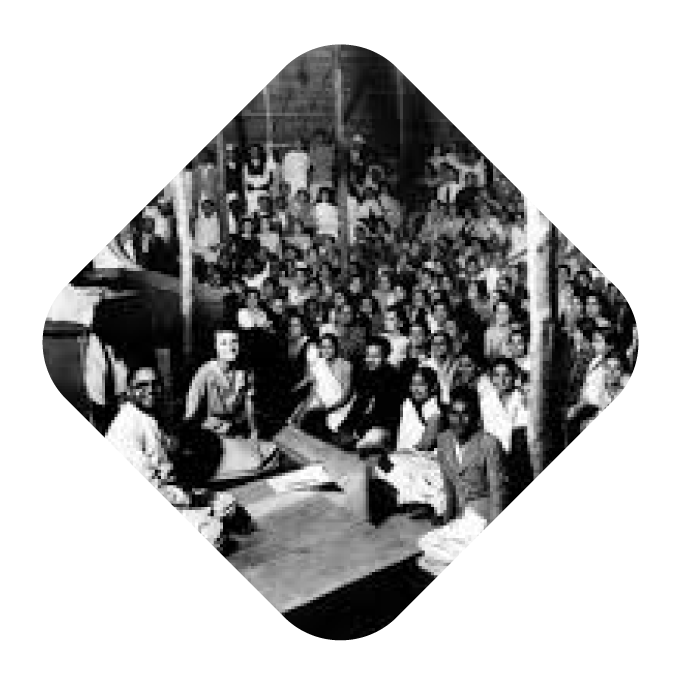
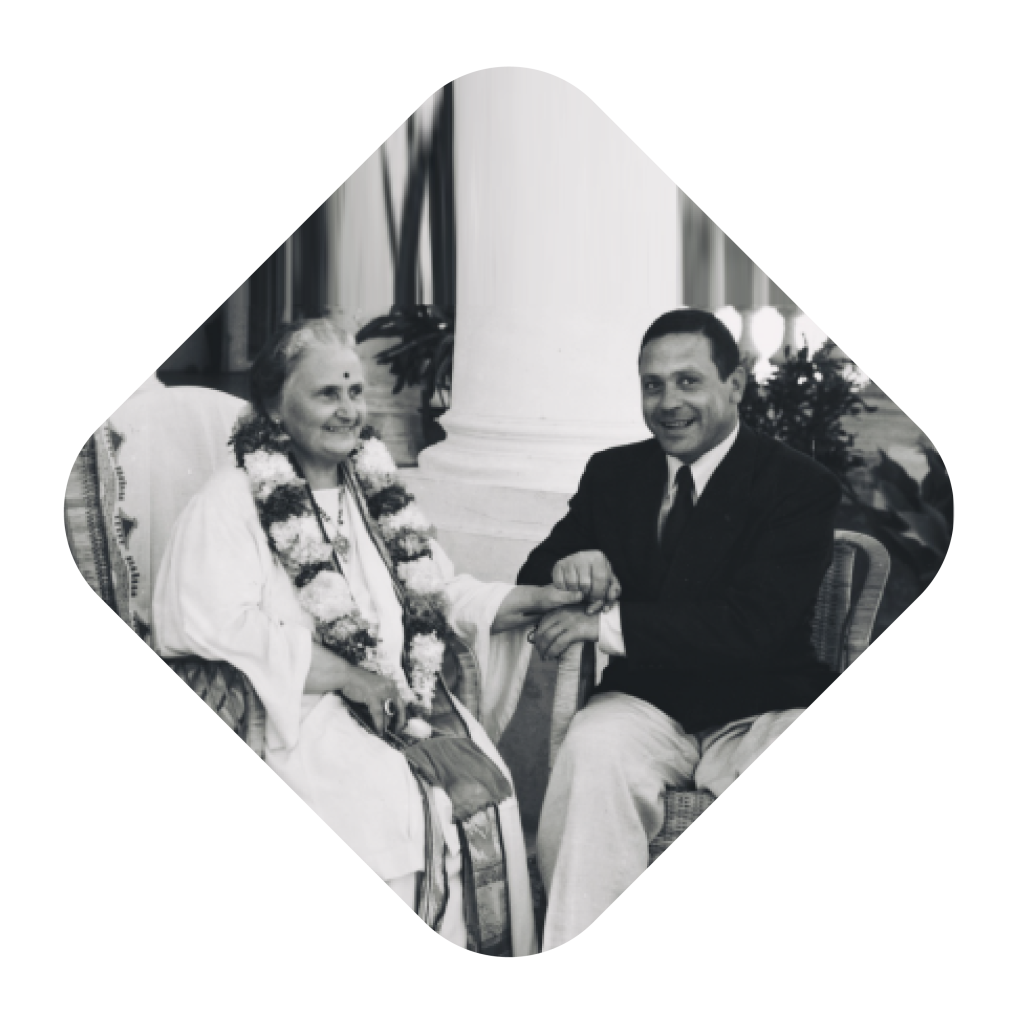
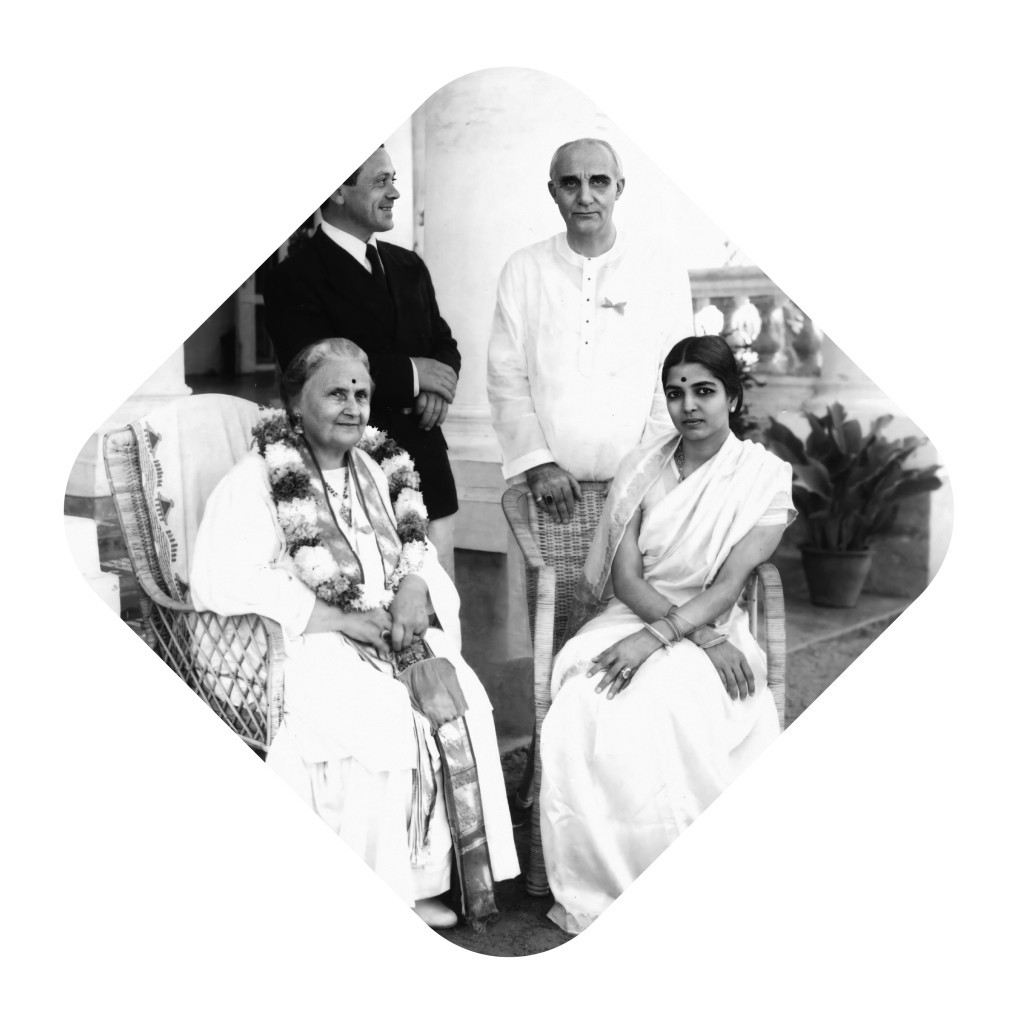
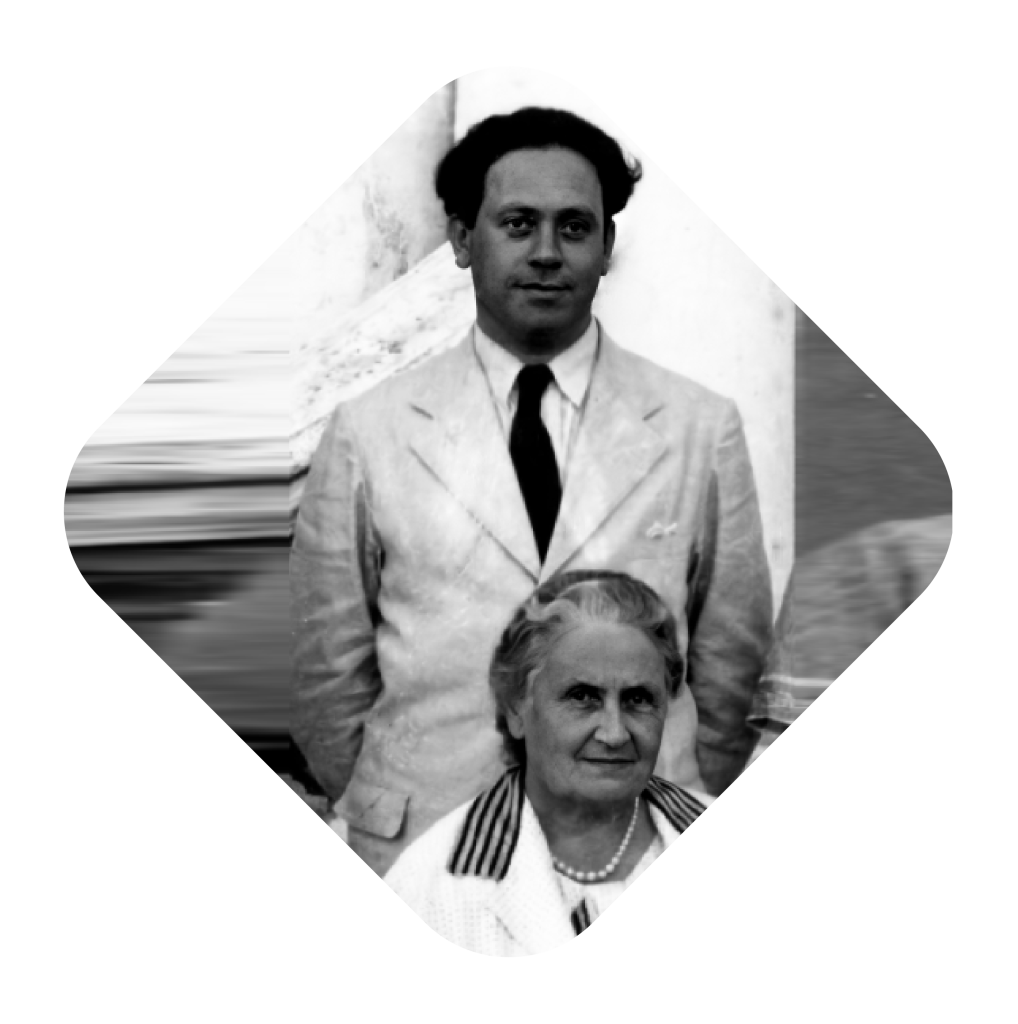

The course was inaugurated on November 11, 1939. Dr. G. S. Arundale, President of the Theosophical Society and honorary member of the AMI was a gracious host. The course was held in the compound of the Theosophical Society, Adyar. As there was no building large enough to accommodate all the students, palm leaf huts were built, the largest of which served as the lecture hall.
Students came from all over India and Sri Lanka to attend this course, which involved three months of intensive work. The students lived in the compound of the Theosophical Society.
It was a residential course. Lecture times were rarely fixed and lectures were given at all hours of the day from early morning till late evening. The students lived close to the Montessoris and learned from them with reverence. This first course took place from late December 1939 till February 1940. Dr. Montessori lectured in Italian. These lectures were translated into English by Mario Sr. who was Dr. Montessori’s son, companion, friend and helper, and kept her in good spirits. Dr. Montessori lectured in low tones. When she spoke, the students maintained attentive silence. Dr. Montessori paid very close attention to the translation.
Mario helped not only with the translation during Dr. Montessori lectures but he also took a great deal of interest in the work done by the students of the course with the material. He would work with them often demonstrating the correct use of the materials. A lot of his time was spent with the children at the Besant Memorial School.
In due course the police curtailed the movement of the Montessoris in Chennai. Even though they were enemy aliens on British soil they were highly regarded. After Mario returned from jail to spend Dr. Montessori’s birthday with her with the special consideration of the British officials they were held in Kodaikanal. Living in a beautiful cottage called Rose Banks overlooking the lake the Montessoris spent their time in the best way possible training teachers, lecturing and giving courses.
Dr. Montessori returned to Europe after the war. Yet India called to her once again. She returned to do another course in the Theosophical Society in Chennai. In 1948 the Montessoris left Madras to run a course in Ahmedabad. The lectures she gave on this course were published as the seminal work of the century of the child that she had ushered in – The Absorbent Mind. The Indian wing of the Association Montessori Internationale was founded the same year with Sarla Devi Sarabhai at its helm.
After the death of Maria Montessori, Mr. Albert Joosten, was left behind to carry on the work, as her Sole Representative in India. He found in S. R. Swamy, an able and willing collaborator in the effort.
Mr.Joosten and Mr. Swamy together conducted many courses all across India and established a firm foundation for this education method with their propagational activities. Ms. Meenakshi Sivaramakrishnan took over from Mr.Swamy and continued the training courses and other activities with much passion and vision. It has been a sustained effort from all the Directors thereafter to continue the work left behind by Dr. Montessori in India.

